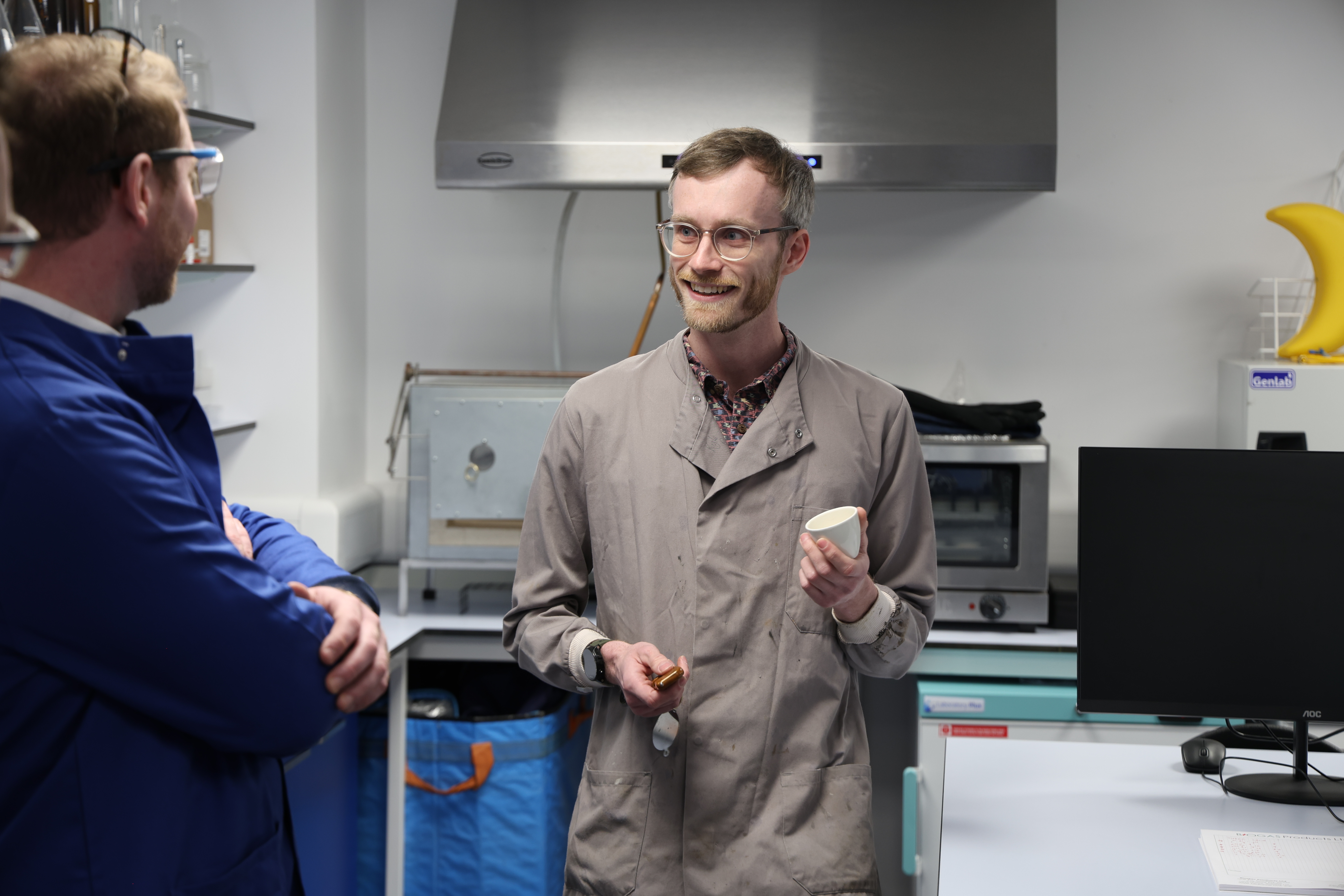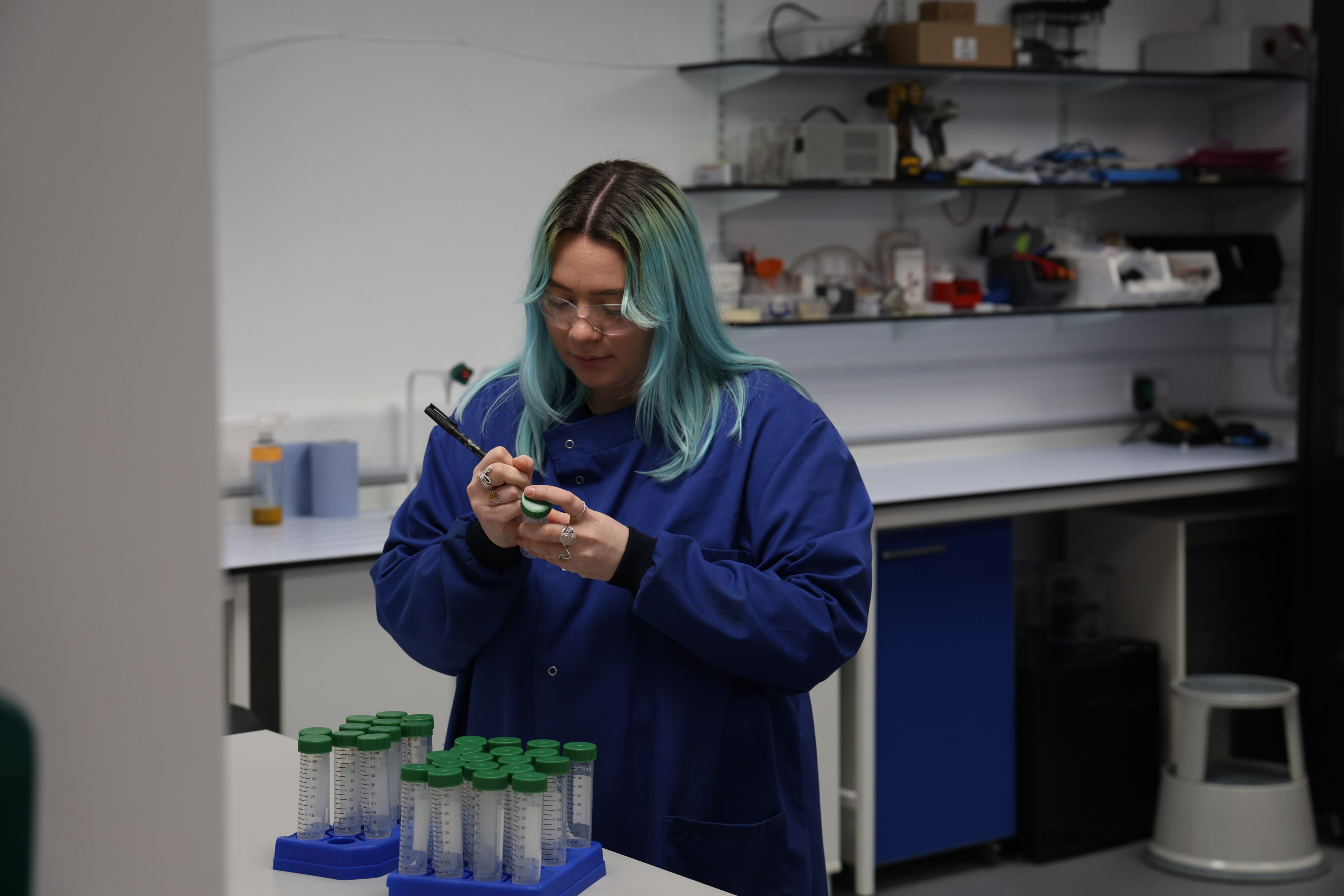Methane production through anaerobic digestion is a well-established process for renewable energy generation. However, advancements in bioelectrochemical systems (BES) have introduced new ways to enhance methane yield. Two key assays used to measure methane potential are the biochemical methane potential (BMP) assay and the bioelectrochemical methane potential (BEMP) assay. While both assess methane production, they differ significantly in their approach.
What is a Biochemical Methane Potential (BMP) assay?
The BMP assay is a standard method for evaluating the maximum methane production from organic substrates. It relies entirely on microbial activity, particularly methanogenic archaea, to break down organic matter under anaerobic conditions. This process occurs naturally in environments like landfills and anaerobic digesters, where microbes convert complex organic compounds into methane and carbon dioxide.
BMP assays are widely used for:
- Determining the biodegradability of organic waste
- Measuring the efficiency of anaerobic digestion
- Optimising biogas production processes
What is a Bioelectrochemical Methane Potential (BEMP) assay?
The BEMP assay builds upon the traditional BMP approach but incorporates an electrochemical component to enhance methane production. It uses a two-electrode system—an anode and a cathode—to stimulate microbial activity through external electron transfer.
At the anode, electroactive microbes, such as exoelectrogenic bacteria, break down organic compounds and transfer electrons to the electrode. These exoelectrogenic microorganisms are hardy and accelerate waste degradation, converting the waste in the water to food for methanogens.
At the cathode, electroactive microbes, particularly electromethanogens, utilise electrons from the electrode to directly reduce CO₂ into methane. This process, known as electromethanogenesis, improves methane yield by providing an additional pathway beyond standard anaerobic digestion.
These microbes grow on the surface of the electrodes in a biofilm, which acts as a protective and conductive habitat, preventing the microbes from being washed out of the system with the treated water.
BEMP assays are used for:
- Quantifying the enhanced methane yield from electromethanogenesis, and the benefits this can provide customers over competitor technologies.
- Assessing the suitability and degradability of each feedstock for treatment in an EMR.

Key differences between BMP and BEMP assays
| Feature | BMP Assay | BEMP Assay |
|---|---|---|
| Electron Source | Organic matter only | Organic matter + electrode |
| External Electrical Input | No | Yes (via anode and cathode) |
| Methane Production Pathway | Standard anaerobic digestion | Anaerobic digestion + electromethanogenesis |
| Main Application | Biodegradability, biogas potential | Enhancing methane yield, studying bioelectrochemical methanogenesis |
How can Electromethanogenesis benefit methane generation and wastewater treatment?
Increased methane yields and energy recovery
By introducing an external electron source, electromethanogenesis improves methane production efficiency. In traditional anaerobic digestion, methane yield depends mostly on slow acetotrophic methanogenesis, which can sensitive to changes in feedstock and reactor conditions. In contrast, BEMP assays show that electromethanogens directly convert CO₂ into methane using more robust microbes and pathways, leading to higher methane output from the same feedstock.
- More efficient methane production
- Higher biogas quality with less CO₂ contamination
- Reduced organic waste accumulation
Improved wastewater treatment efficiency
Wastewater treatment plants (WWTPs) face increasing pressure to process organic waste more efficiently while reducing their carbon footprint. Bioelectrochemical systems accelerate the degradation of organic pollutants while simultaneously producing methane as an energy source.
- Faster breakdown of organic contaminants
- Enhanced energy recovery from wastewater
- Potential to treat low-strength wastewater that is inefficient in traditional digesters
Sustainable carbon capture and power-to-gas applications
Electromethanogenesis provides a new method for CO₂ utilisation, helping industries convert waste carbon dioxide into methane—a renewable natural gas. This process could be crucial in reducing greenhouse gas emissions while producing a valuable energy source.
- Carbon-negative energy production
- Potential to integrate with renewable electricity sources for storing excess energy
- Supports a circular bioeconomy by repurposing CO₂
Why does this matter for customers?
For industries, wastewater treatment plants, and renewable energy projects, electromethanogenesis offers a game-changing approach to methane production and waste management. By enhancing efficiency, improving effluent quality, and integrating carbon capture, this technology opens new possibilities for sustainable energy and cleaner environmental practices.
Whether you are looking to improve biogas yield, optimise wastewater treatment, or develop innovative energy storage solutions, WASE EMR could be the key to unlocking more efficient and sustainable methane production.

